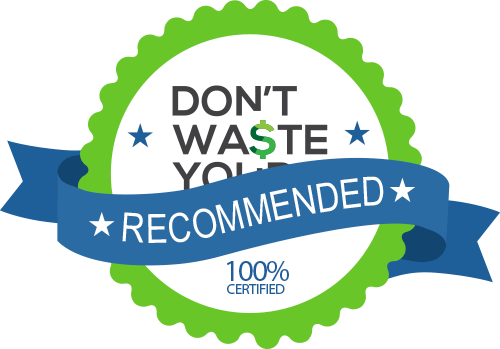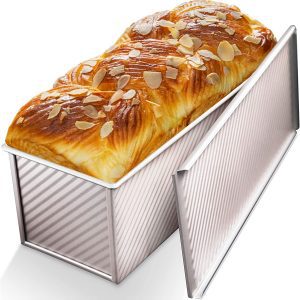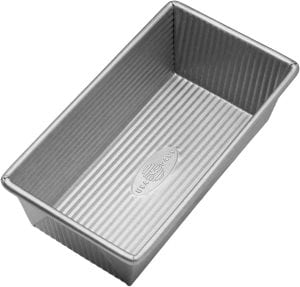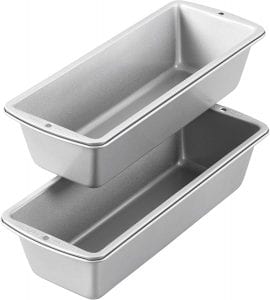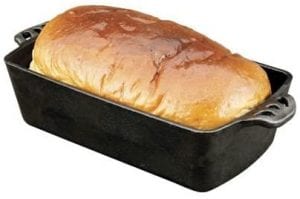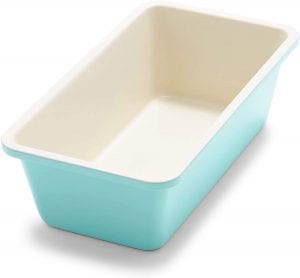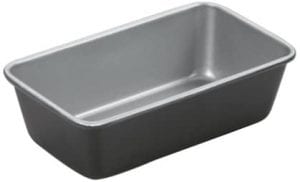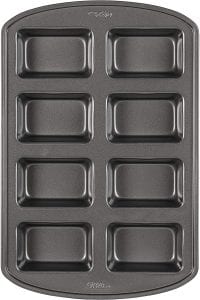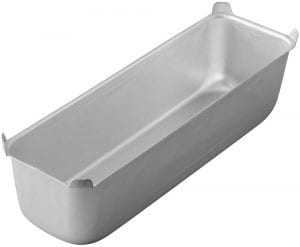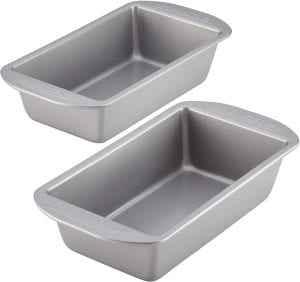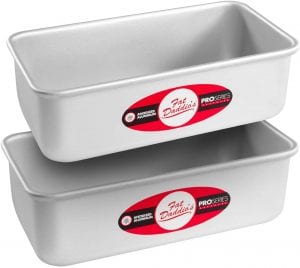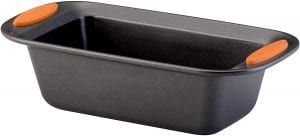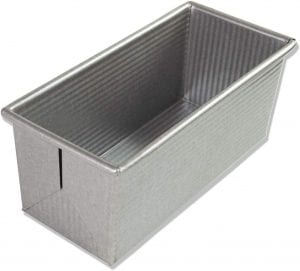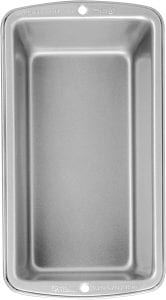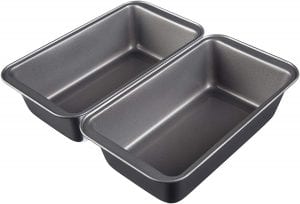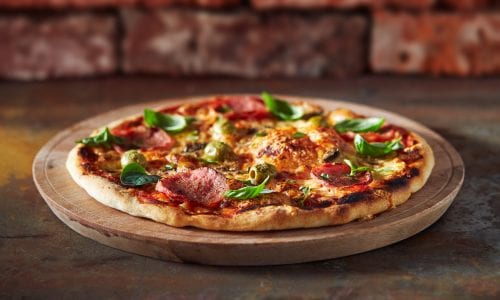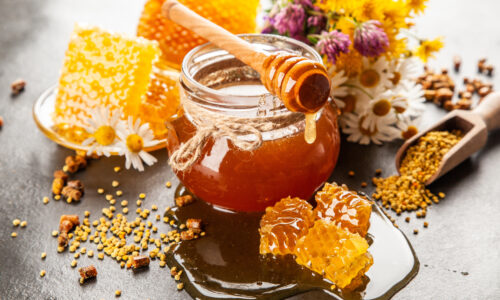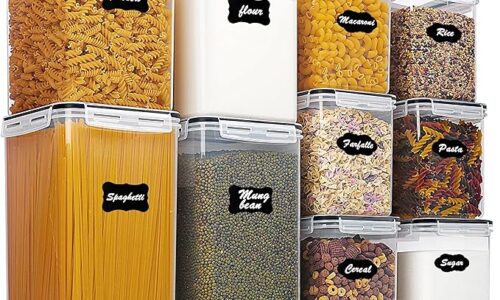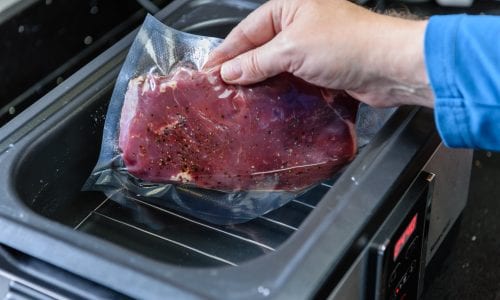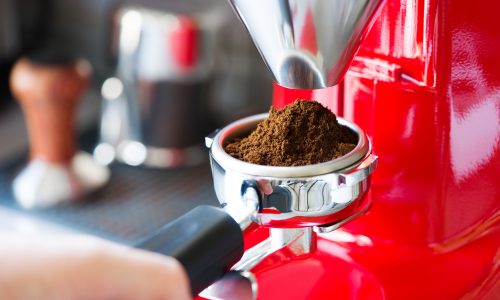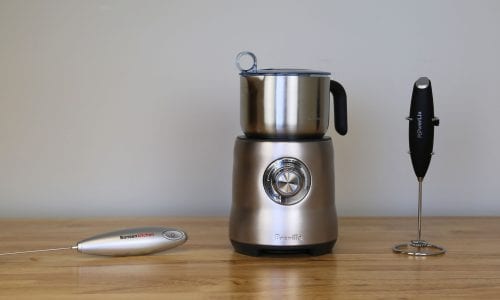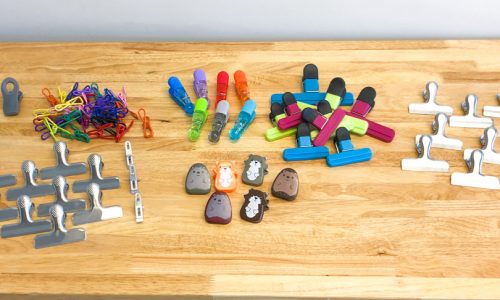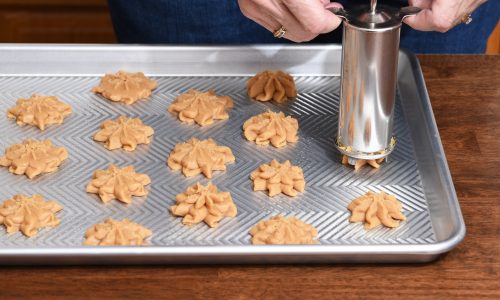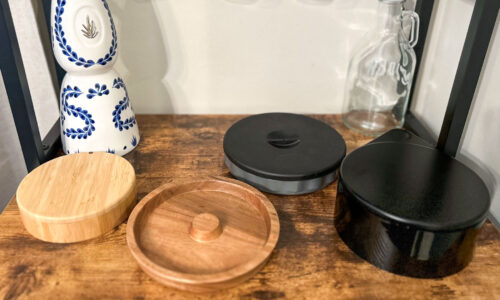The Best Bread And Loaf Pan
We looked at the top 16 Bread And Loaf Pans and dug through the reviews from 72 of the most popular review sites including and more. The result is a ranking of the best Bread And Loaf Pans.
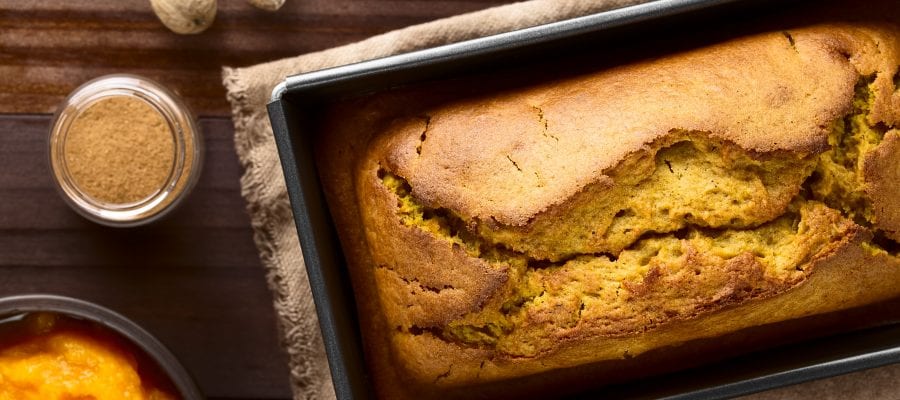
Our Review Process
Don't Waste Your Money is focused on helping you make the best purchasing decision. Our team of experts spends hundreds of hours analyzing, testing, and researching products so you don't have to. Learn more.
Our Picks For The Top Bread And Loaf Pans
- 1. CHEFMADE Non-Stick Carbon Steel Bread And Loaf Pan
- 2. SILIVO Non-Stick Silicone Bread And Loaf Pan, Set Of 2
- 3. USA Pan Steel Bakeware Bread And Loaf Pan
- 4. Wilton 2-Pack Recipe Right Nonstick Bread & Loaf Pan
- 5. Camp Chef Seasoned Home Cast Iron Bread & Loaf Pan
- 6. GreenLife BW000052-002 Ceramic Nonstick Bread And Loaf Pan
- 7. Cuisinart AMB-9LP Chef’s Classic Nonstick Bread And Loaf Pan
- 8. Wilton Non-Stick Mini Bread And Loaf Pan
- 9. Wilton Performance Long Aluminum Bread And Loaf Pan
- 10. Farberware Nonstick Baking Bread And Loaf Pan, 2-Piece
- 11. Fat Daddio’s BP-SET Anodized Aluminum Bread And Loaf Pan, 2-Piece
- 12. Rachael Ray 54079 Yum-o! Oven Lovin’ Nonstick Bread And Loaf Pan
- 13. USA Pan Bakeware Pullman Bread And Loaf Pan
- 14. Silicone Designs Nonstick Commercial Grade Bread And Loaf Pan, 2-Piece
- 15. Wilton 070896590510 Recipe Right Large Bread And Loaf Pan
- 16. AmazonBasics Nonstick Carbon Steel Bread And Loaf Pan, 2-Piece
The curled edge design on this bread and loaf pan keeps hands from slipping. Of course, the pan is also designed to be non-stick, which means you're breads will release with ease. The bottom vent is another attractive feature, as it ensures your bread is heated evenly.
Cover IncludedYou'll find this bread and loaf pan comes in a variety of finishes, including black, gold and champagne gold.
Constructed from a BPA-free food-grade silicone, this bread and loaf pan is naturally non-stick. In addition to breads, the pan can be used to cook everything from meatloaf to pot pies. The pan is safe to use in temperatures as high as 450 degrees Fahrenheit.
Non-Stick DesignIf you're searching for a quality bread and loaf pan with an affordable price tag, this set of two is an excellent choice.
Durable is the best word to describe this bread and loaf pan. It's made from a commercial-grade aluminized steel that won't rust or break down prematurely. Users will appreciate the corrugated surface, which promotes even baking by adequately circulating the air. The silicone nonstick coating is an added bonus.
Commercial-Grade PanWhether you're a professional baker or a home cook, you'll love this commercial-grade bread and loaf pan.
No matter what you bake in these bread and loaf pans, it's sure to come out with ease. That's thanks to the added nonstick coating. With this set, you'll get two dishwasher-safe pans measuring 12 by 4.5 inches. The measurements are conveniently etched into the handles of the pan for future reference.
Dishwasher SafeThere's no need to scrub these bread and loaf pans by hand, as they are dishwasher safe.
Buying Guide
Loaf pans are one of those items every home cook should have, but choosing the right one might not be as simple as it seems. Bread pans come in numerous sizes, shapes and materials. Clarifying how you intend to use a loaf pan and what results matter most to you could help you make a perfect choice.
The standard size for best quality loaf pans is 9 inches long by 5 inches wide by 2.5 inches deep. Although these dimensions can vary slightly between brands, sticking with this size helps ensure consistency, particularly if you plan to use different recipes to bake bread, make cakes or cook meatloaf in the pan.
There are times when a different pan size is more appropriate. For instance, if you enjoy making quick breads or snack cakes to share with family, friends and coworkers, a pan that allows you to whip up multiple smaller loaves at once might be handy to own.
Loaf pans are typically made from metal, such as cast iron, aluminum or stainless steel, although they can also be comprised of glass, ceramic or even silicone. Whatever type of pan you choose, it should have thick enough sides and bottom to ensure even cooking. It is also important to note that baking times and temperatures might vary depending on the type of pan you use.
Consider how difficult the pan will be to clean and maintain, as this might be a determining factor when making your choice. For instance, if you want a pan that you can scrub hardily or place in the dishwasher, cast iron or coated steel might not be the best option for you.
Many bread pans are shaped to create somewhat oblong loaves. Others, such as Pullman pans, have flat sides to produce perfectly straight-sided, rectangular loaves. If you want to bake homemade bread that stands up to the sliced loaves you find on grocery store shelves, a Pullman pan is your best bet.
Why we recommend these bread and loaf pans?
Products Considered
Products Analyzed
Expert Reviews Included
User Opinions Analyzed
Our experts reviewed the top 16 Bread And Loaf Pans and also dug through the reviews from 72 of the most popular review sites including and more. The result is a ranking of the best of the best Bread And Loaf Pans.
DWYM is your trusted roduct review source. Our team reviews thousands of product reviews from the trusted top experts and combines them into one easy-to-understand score. Learn more.
The Best Bang For Your Buck
SILIVO Non-Stick Silicone Bread And Loaf Pan, Set Of 2
Key Takeawy
Constructed from a BPA-free food-grade silicone, this bread and loaf pan is naturally non-stick. In addition to breads, the pan can be used to cook everything from meatloaf to pot pies. The pan is safe to use in temperatures as high as 450 degrees Fahrenheit.
What to Look For
- Always use the correct loaf pan size for the recipe you are making. If the recipe does not provide the pan size, a good rule of thumb is that the batter, dough or other ingredients (such as meatloaf) should fill the pan between one-half and three-quarters of the way to the top.
- If a recipe underfills a pan, it’s no big deal, although it will likely require less baking time and might not rise as high. However, if the recipe overfills the pan, the batter or dough could easily spill over, burn or come out looking less-than-appealing.
- Another thing that a recipe should provide is the temperature for the type of pan you are using. If it does not, be sure to reduce the temperature indicated in the recipe by 25 degrees Fahrenheit if you are baking in a glass or a dark metal loaf pan.
- If you find that baked bread is sticking to your loaf pan, greasing it properly can save the day. Use butter, shortening or cooking oil to grease the bread pan evenly on all sides and on the bottom. You can use a paper towel, your fingers or a basting brush.
- If you are baking savory bread, you can go a step further and add some cornmeal. Put a handful of cornmeal into the pan and turn it to coat the bottom and sides. Not only will it help the finished loaf pop out of the pan like a dream, but it also adds a hearty crunch to the crust.
- Another alternative is to line the pan with parchment paper. Cut two pieces of parchment paper: one to match the width of the pan, the other to match the length of the pan, both long enough to cover the bottom and hang slightly over the sides of the pan. Place one sheet lengthwise and one widthwise to snugly cover the inside of the pan. When the loaf is ready, lift the sides of the paper to easily remove the loaf.
More to Explore
Archaeologists have found evidence of flour being used as far back as 30,000 years ago. It was likely used to make flatbreads. Bread as we know them probably date back to ancient Egypt when Egyptians discovered that dough would rise when left to rest before baking. Similar to modern times, bread was a staple of the Egyptian diet.
In 2002, an American archaeological team discovered the remains of a fully stocked and functioning bakery used by ancient Egyptians in around 3000 B.C. Bakers used the bakery to produce a type of bread called “sun bread,” which is still made in Egypt’s southern villages today.
At the turn of the 20th century, most American homes were still enjoying homemade bread. However, this changed quickly and drastically by the 1920s when factory-baked loaves became increasingly popular.
When homemakers shopped for the convenient staple in perfectly-formed loaves, they collectively decided that the softest loaves were the freshest. Striving to meet this demand, bakeries found ways to whip up the most pillowy bread possible. The only downside to these squeezable loaves was that consumers found them nearly impossible to slice.
In 1928, Missouri’s Chillicothe Baking Company produced the first loaves of factory-sliced bread. The perfectly uniform slices were a huge hit. In fact, sales for the bakery increased 2,000 percent. Mechanical slicing swept the nation and became the status quo.
